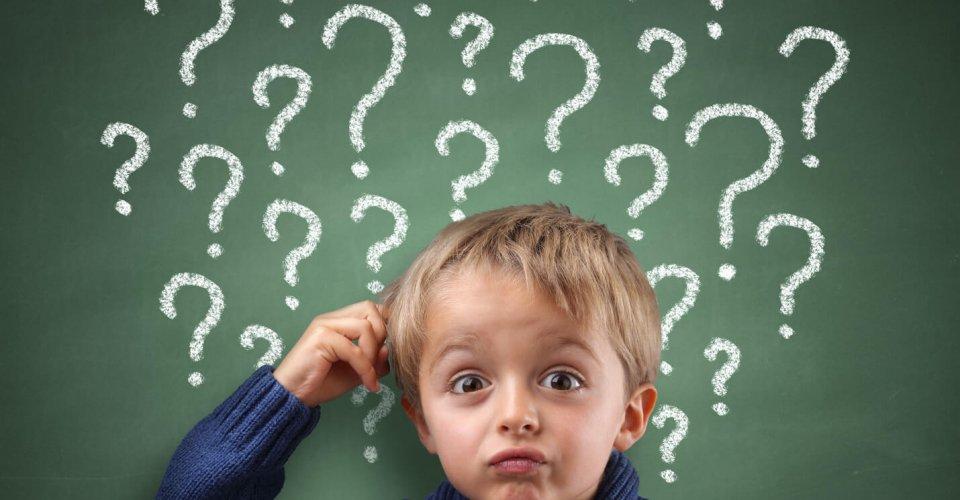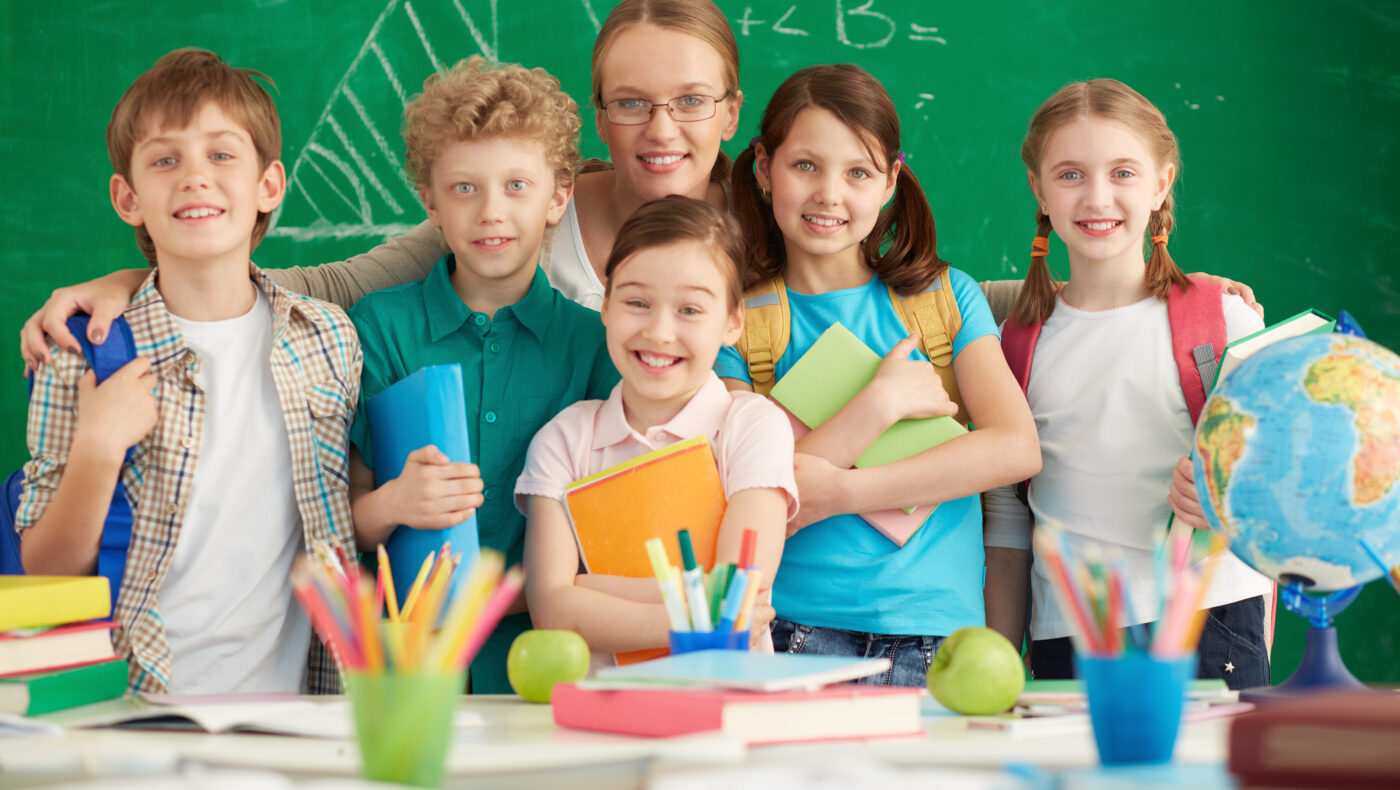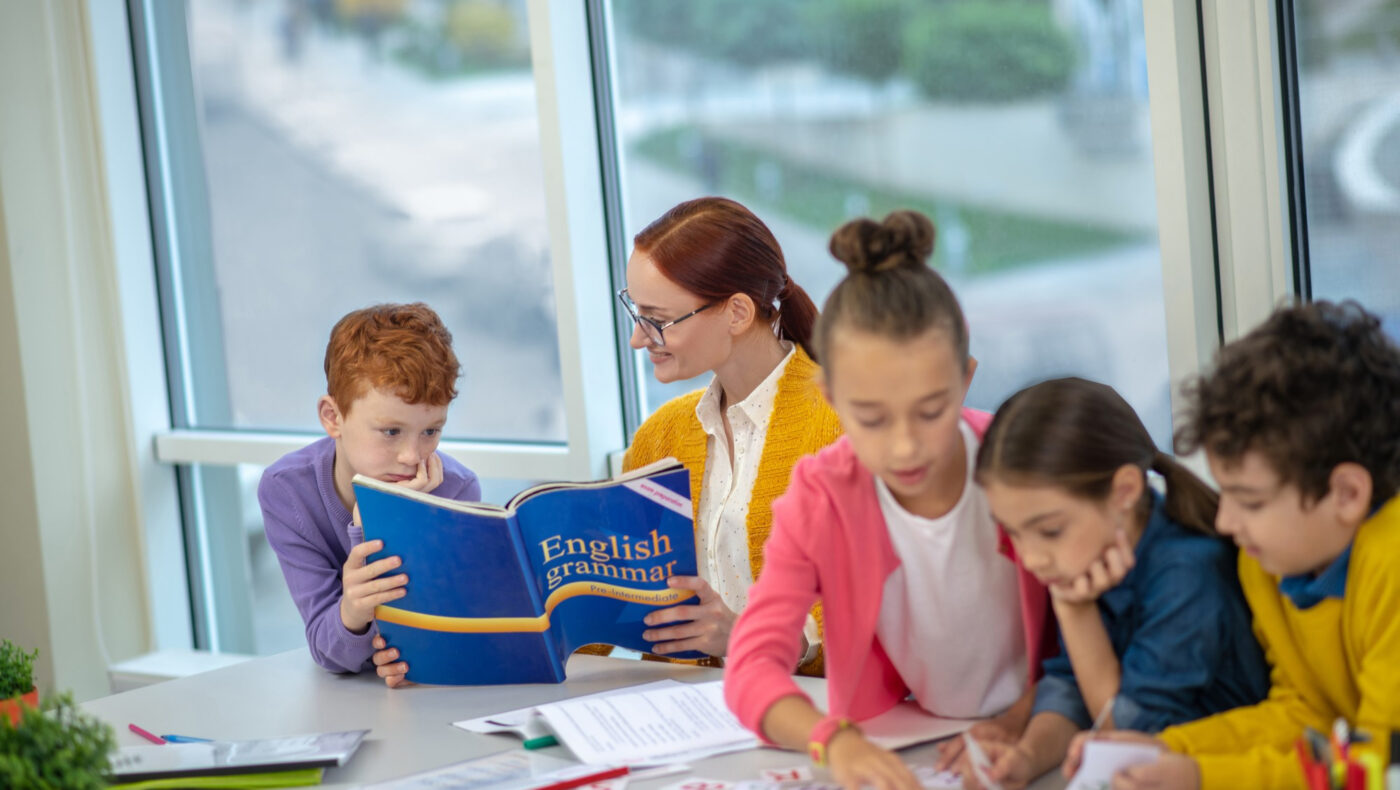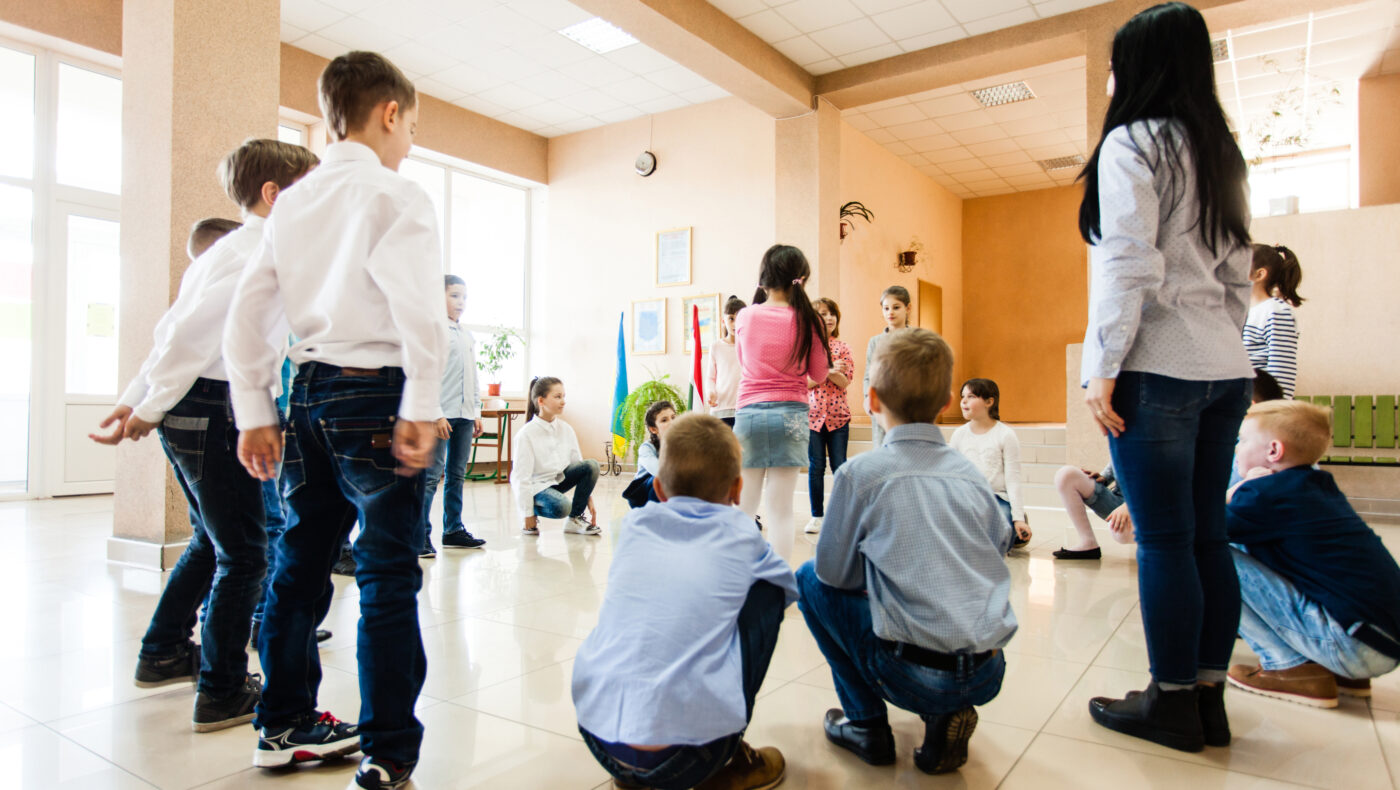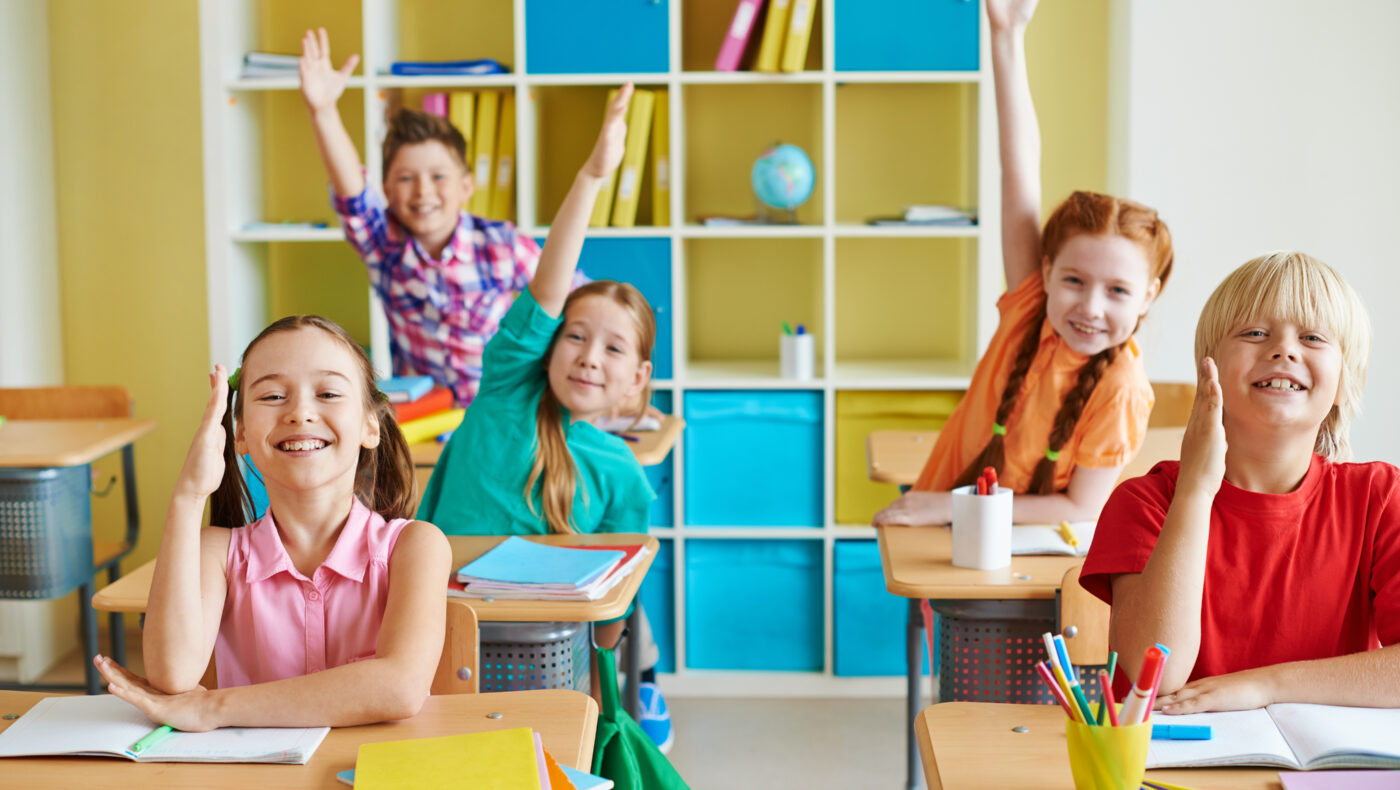6 Tips for strengthening your child’s working memory
6 Tips for strengthening your child’s working memory
What is working memory used for?6 Tips for strengthening your child’s working memor
Working memory is useful for taking notes, understanding texts, solving problems, mental calculation, writing and even concentrating.
What is working memory?
Working memory is the ability to momentarily retain information and process it in order to accomplish a task at hand. We could say that working memory is the same as short-term memory. To understand what short-term memory or working memory is, we need to understand the distinction between short-term and long-term memory.
Long-term memory allows us to store knowledge, information and memories. Working memory allows a person to have a mental space to hold this information for a period of several seconds. It is used constantly in daily life.
Working memory at school
Working memory is used extensively in all school tasks, especially when it is necessary to take notes while the teacher explains.6 Tips for strengthening your child’s working memory
Working memory is also essential for understanding texts. Some children tend to forget the sentence they have just read as soon as they continue reading.
In mathematics, working memory is also very useful, whether for mental arithmetic or problem solving.
In writing, working memory allows children to keep their ideas in mind.
Beyond school subjects, an effective working memory also promotes better concentration in class.
A limited capacity 6 Tips for strengthening your child’s working memory
It is important to know that working memory is relatively fragile because its capacity is limited. On average, it is possible to retain about 7 elements.
It is therefore easily overloaded.6 Tips for strengthening your child’s working memory
The unit of measurement is really fundamental. For example, if you have a series of isolated letters to remember (e.g.: A, F, G, X, I, P), you will remember much less than if the letters are grouped together to form words (e.g.: RABBIT, PIRATE, HAT, etc.).
Importance of self-repetition 6 Tips for strengthening your child’s working memory
When trying to remember a list of items, the strategy often used is self-repetition. This strategy consists of repeating the list of items to be remembered to yourself. In the absence of self-repetition, the information quickly disappears.6 Tips for strengthening your child’s working memory
Research indicates that children aged 7 and under make little use of self-repetition to retain information in the short term. However, recent research shows that the improvement resulting from the stimulation of working memory can reduce the negative effects of ADHD on learning.
Tips for strengthening your child’s working memory
Prepare the memory! It’s always easier to find information when it’s in the right “file. When you want your child to remember information, tell them what category the information falls into (e.g., I’m going to tell you what items you need to put in your school bag…).
Teach your child to repeat the information to himself. As mentioned earlier, to retain active information in working memory, we need to repeat it. Some children do not tend to use this strategy, so it is important to teach them explicitly. (E.g.: To remember items I want to buy at the grocery store, I will repeat them to myself: bread, milk, orange juice/bread, milk, orange juice…)
Teach your child to group things together. Studies on memory function have shown that working memory can retain up to about 7 items. Grouping information into different categories can help retain more of it. For example, if you have a list of foods to remember before going to the grocery store, you could model this strategy for her: “I have 9 items to remember to go to the grocery store. So I don’t forget them, I’m going to group them into categories. I’m going to remind myself that I need to buy 3 vegetables, 4 fruits and 2 grain products.” 6 Tips for strengthening your child’s working memory
Teach your child to make associations. Research shows that children and adults retain new information much better when it is associated with known items. When your child has things to remember, try to create associations with them, whether it’s in the form of funny stories or mental images.
Focus on pictures! 6 Tips for strengthening your child’s working memory
The brain retains information better when it is perceived by several senses.


